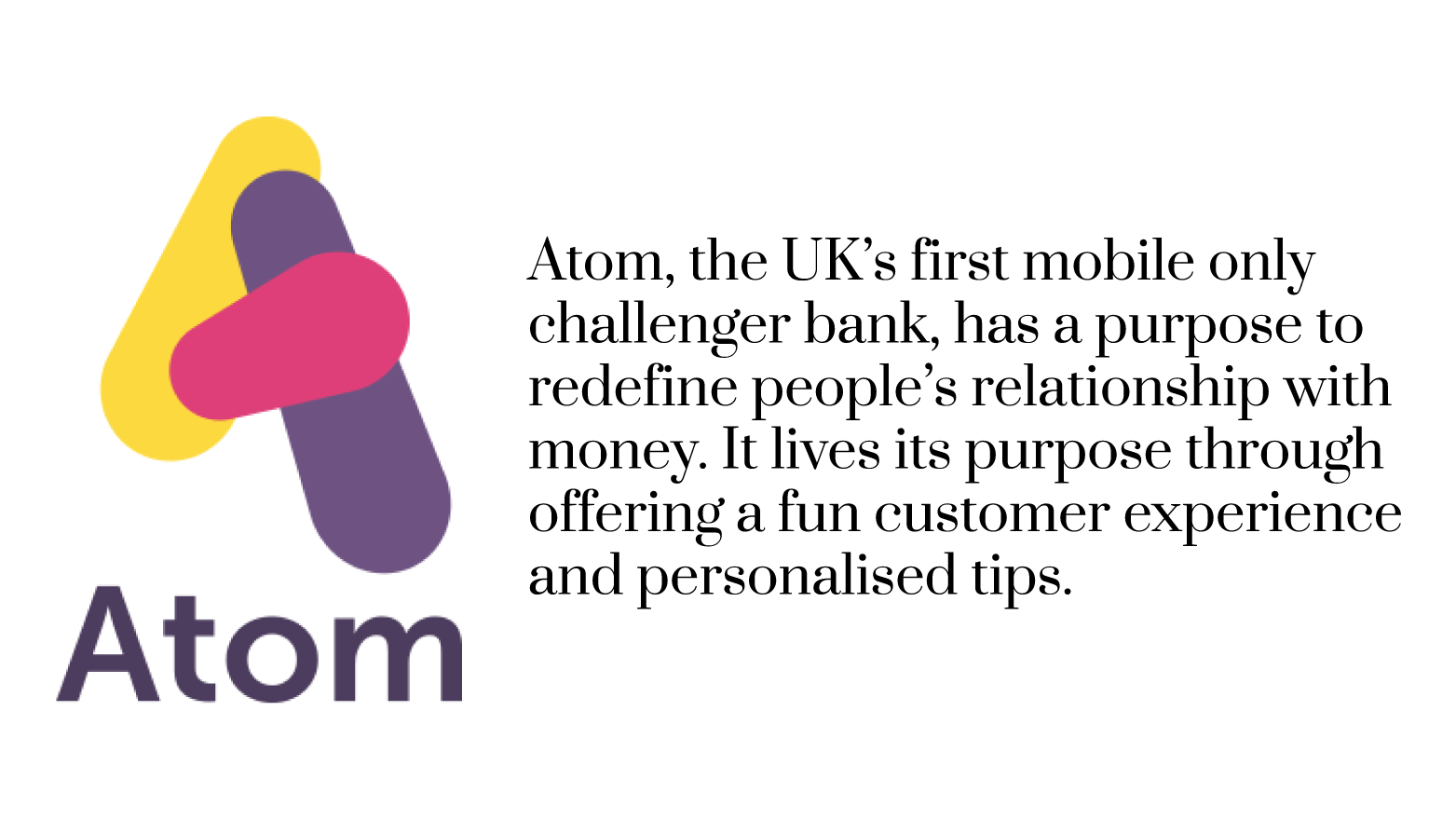What Should Financial Services Learn from Fintech?
"I’m not suggesting that incumbents take all growth ideas from Fintech, but there are certain principles that have been critical to the most transformative small companies’ success."
The perfect storm has been brewing for a while. An industry, ripe for transformation, due to changing consumer expectations and new tech capabilities, is being disrupted by more agile, innovative Fintech competitors. The pace of change has been so rapid that it’s hard to imagine what the future landscape of Financial Services will look like. 95% of senior banking executives think that their business is threatened by Fintech and nearly a quarter of revenue is at risk.
On top of this, 2016 and 2017, has been volatile and full of surprises. There has been no time since the financial crisis that our environment has been so overwhelming shaped by the unknown. It’s a stark situation that only 3% of senior leaders in FS are more optimistic about this year than last. In tough times like this, it’s even more important to emerge as one of the winners
Good artists copy, great artists steal
Are traditional players missing a trick? While I’m not suggesting that incumbents take all growth ideas from Fintech, there are certain principles that have been critical to the most transformative Fintech companies’ success. They’re worth taking a closer look at:
Be More Purpose-Led
Brand purpose is the reason why companies exist beyond profit. For the consumer, FS can be a commoditised industry where there it’s hard to make a meaningful distinction between brands. Purpose forms the basis of long-term differentiation and it’s a vital way through which companies can build a meaningful relationship with their customers.
Fintech brands tend to have much a clearer purpose than FS incumbents, helping customers understand what they stand for and what they do. Think of Transferwise. Nobody doubts why it exists. It may be easier for them because they are single-minded in what they offer, but purpose gives clarity to multi-divisional corporates as well. Outside of FS, Cisco have repositioned their brand to be the technology visionary of tomorrow. They boldly proclaim “There has never been a better time to take on the world’s biggest challenges” and have been courageous enough to develop their services to match their purpose. This better enabled a company widely known as a commoditised network provider make the transition to a company strategically creating the infrastructure of the future through emerging technologies.
Brand purpose gives direction to innovation and growth, as well as forming the basis for clearer communications to customers.
Apply Design Principles to Innovation
Banks are struggling to innovate. 87% of bank executives think that innovation is the single most important factor for growth, yet only 11% think they are prepared. A fresh approach is needed.
Startups often use the iterative design process “agile development”; designing an MVP, learning from customers and adding features based on a feedback loop. By the time the product is ready to be widely distributed it will already have established customers.
This is contrary to traditional FS product development where teams spend a long time crafting the final answer and production is a lengthy process. By using an agile method, Barclays took 7 months to launch Pingit, something they admit would have taken 2-3 years using their normal methods. One of the biggest barriers to banks building digital only propositions is the need for a more agile culture. There is no perfect formula for this; some banks work with accelerators, others incubate disruptive new business lines in another building, others focus on transforming teams. Whatever the approach the right culture is essential for innovation.
Of course, agile development is not appropriate for all products, for example a complex investment product shouldn’t be designed this way. But for most consumer propositions, speed and rapid fire product development cycles are critical. 
Adopt Data Driven Customer-centricity
While customer-centricity is the hot topic on everyone’s lips, most don’t know how to make this a reality: 62% of bank executives consider a customer-centric model to be very important, but less than 20% are prepared for it and most banks don’t know their customers very well. While banks are trying to move away from their product driven mentality they are clearly not there yet. 53% of Millennials in the US think their bank doesn’t offer anything different than others and 71% would rather go to the dentist than listen to what their bank is saying.
Learning from customers needs to be a continuous process - from focus groups, to having the right nuanced segmentation collecting and analysing data on interaction on an ongoing basis. Feedback loops need to be established where customer opinion should be the most central aspect of design.
Analytics will be critical to creating new more inspiring and personalised customer experiences across touchpoints. Customer experience is the most common reason for opening and closing accounts, more so than fees, rates, locations and convenience. Margins will be better for it too - customers are willing to pay an extra 21% for a superior service.

Forging a New future
The future of Financial Services will look significantly different than the past. It’s not just new competitors that are disrupting - in retail banking, regulation is opening up the market, encouraging consumers to switch bank accounts more easily. Incumbents need to forge a new future fast. Taking some of the best learnings from Fintech and adapting them in the right way could make a huge difference to reinventing the opportunity landscape.

